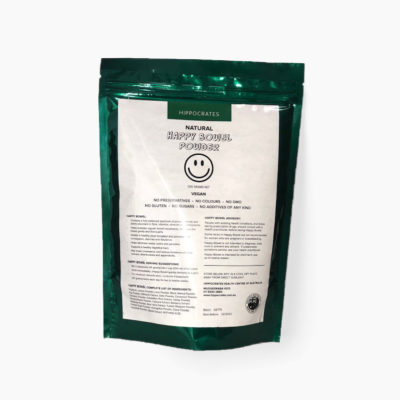
The Rise of Superbugs
The next time you’re offered a prescription for antibiotics and ask yourself, “What harm could it do?” think about Peggy Lillis.
Five years ago, the 56-year-old kindergarten teacher from Brooklyn, N.Y., was given the antibiotic Clindamycin, which was supposed to prevent a dental infection. Instead, the drug wiped out much of the “good” bacteria in her gut that normally keeps “bad” bacteria in check. Without that protection, harmful bacteria in her belly ran rampant, triggering an intestinal infection so severe that doctors had to perform emergency surgery to remove her colon. Despite that desperate, last-ditch effort, “within ten days of taking those pills, my mother was dead,” says Lillis’ son, Christian.
Or consider Zachary Doubek, a rambunctious 12-year-old from New Brunswick, N.J. After a baseball game, Zachary came home complaining of knee pain that worsened overnight and quickly escalated. His doctor initially prescribed an antibiotic that failed o bring the problem under control. Zachary had the bad luck of running into a strain of bacteria that, after repeated exposure to antibiotics, had evolved, developing defenses against the drugs.
Zachary’s infection raced through his body, forcing doctors to put him in a medically induced coma until they could rein it in with Vancomycin, a powerful antibiotic that, luckily, still worked against the germ. Zachary survived, but a year and six surgeries later, he still walks with a limp from the ordeal. “We may never know how he got infected,” says his mother, Marnie Doubek M.D., a family physician, “but we know that the antibiotic that should have first helped him didn’t work.”
Peggy Lilis’ and Zachary Doubek’s stories are all too common. Though antibiotics have saved millions of lives since penicillin was first prescribed almost 75 years ago it’s now clear that unrestrained use of the drugs also has unexpected and dangerous consequences, sickening at least 2.25 million Americans each year and killing 37,000.
That harm comes in two main ways. First, as in Lillis’ case, antibiotics can disrupt the body’s natural balance of good and bad bacteria, which research shows is surprisingly important to human health. Lillis was killed by one such bad bug, the bacteria C. dificile. At least 250,000 people per year now develop C. diff infections linked to antibiotic use, and 14,000 die as a result.
Second, overuse of antibiotics breeds “superbugs”-bacteria that often can’t be controlled even with multiple drugs. Doubek was a victim of MRSA (methicillin-resistant staphylococcus aureus), a bacteria once confined to hospitals that has now spread into the community, including nail salons, locker rooms, and playgrounds-where Doubek may ahve picked up his infection. MRSA and other resistant bacteria infect at least 2 million people in the U.S. annually, killing at least 23,000.
As alarming as those numbers are, experts say things could get much worse, and fast. The Centers for Disease Control and Prevention has sounded the alarm about two threats: CRE (carbapenem-resistant enterobacteriaceae), which- when it gets into the bloodstream-kills alomost 50 percent of hospital patients who are infected; and shigella, a highly contagious bacteria that overseas travelers often bring home and that is now resistant to several common antibiotics, raising fears of an outbreak.




